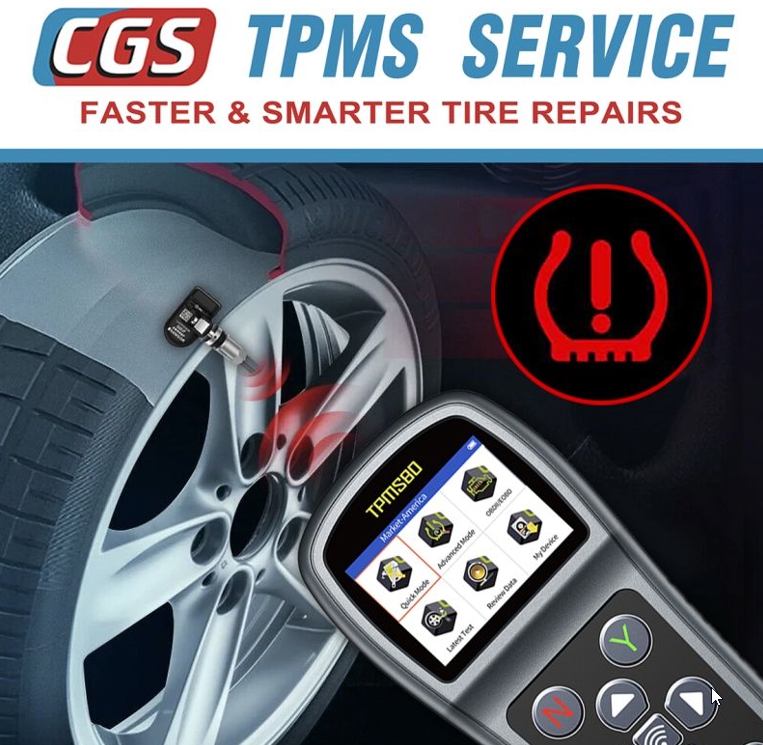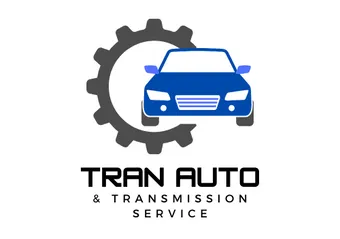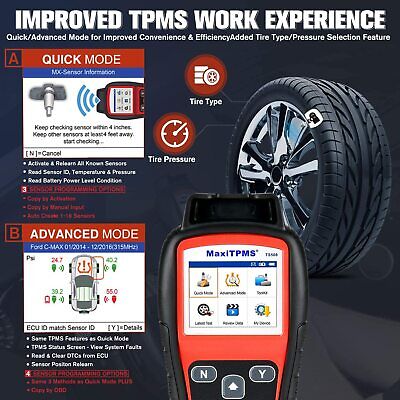WHEEL ALIGNMENT and BALENCING
Alignment refers to an adjustment of a vehicle’s suspension – the system that connects a vehicle to its wheels. It is not an adjustment of the tyres or wheels themselves. The key to proper alignment is adjusting the angles of the tyres which affects how they make contact with the road.
wheel alignment
Wheel alignment concerns the position of the wheels in regard to the road and each other
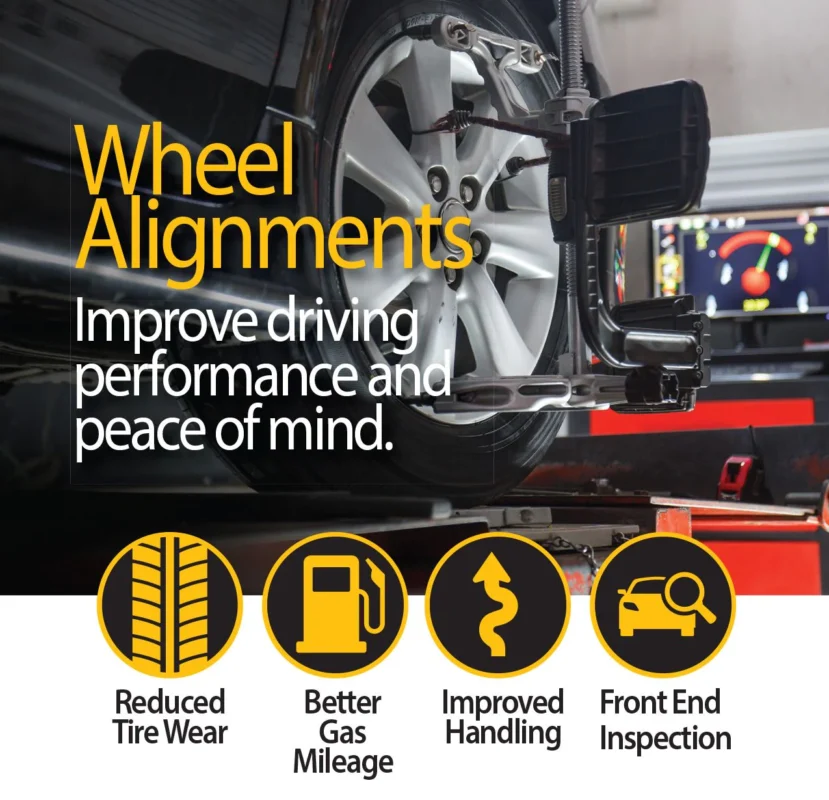
wheel balancING
Balancing addresses the distribution of weight around the wheel
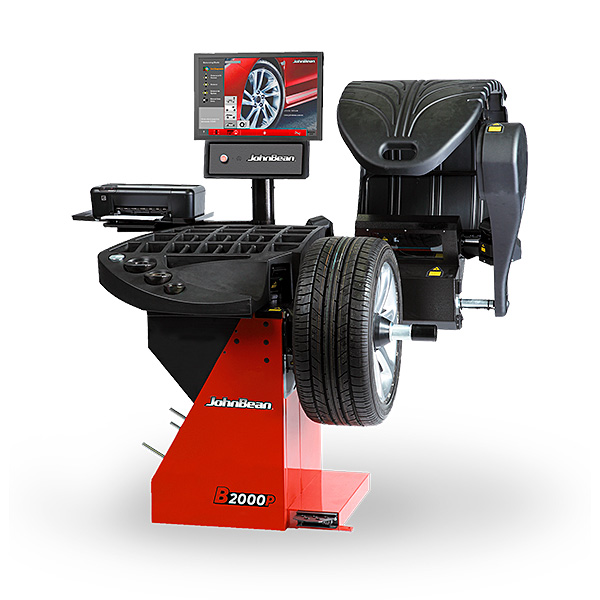
tpms service
Our tire pressure monitoring system (TPMS) closely monitors our tire’s air pressure
